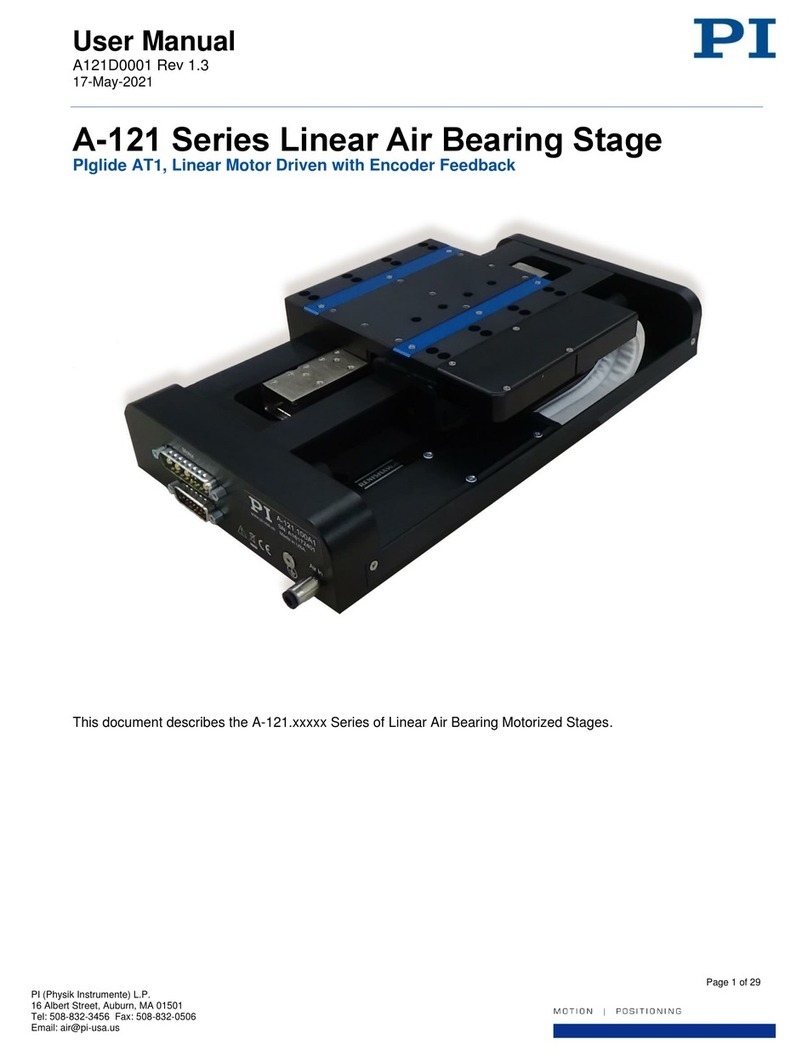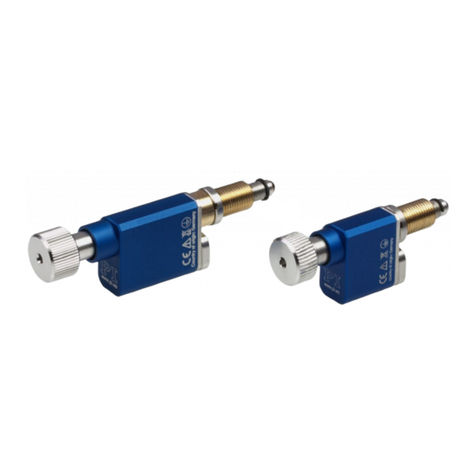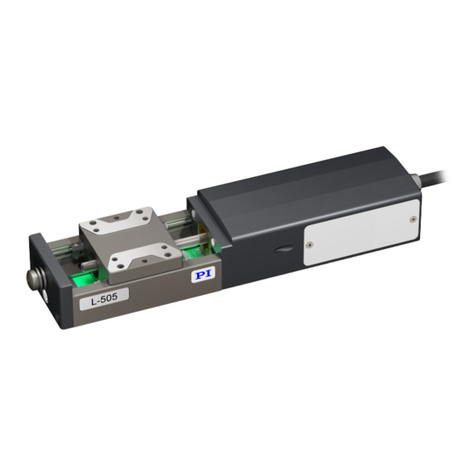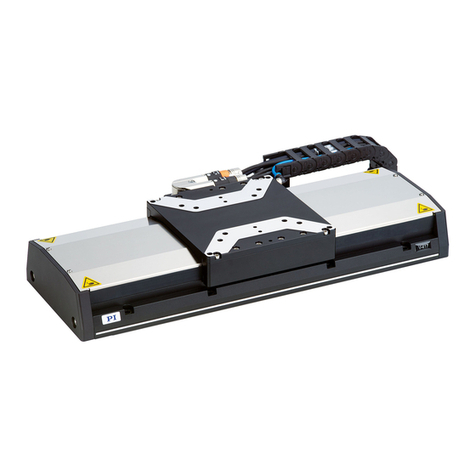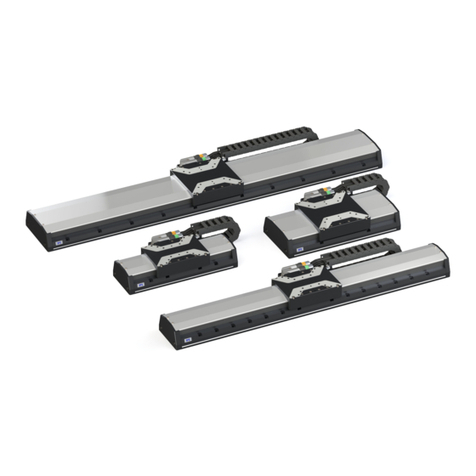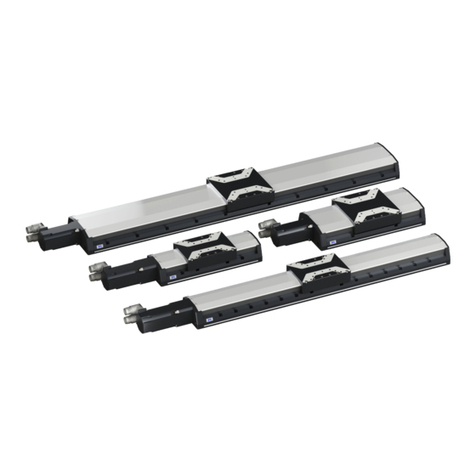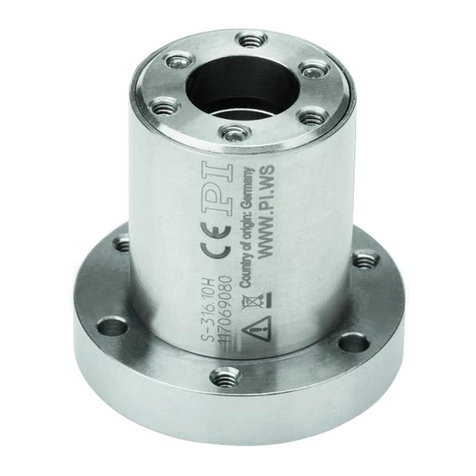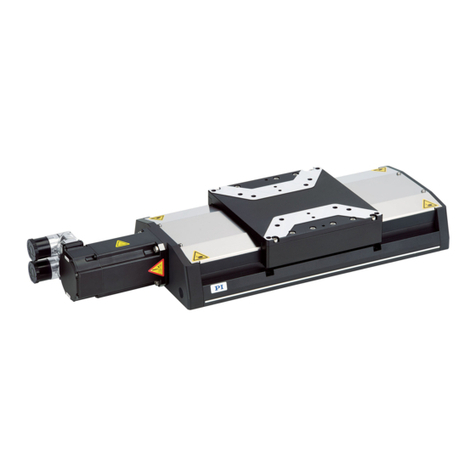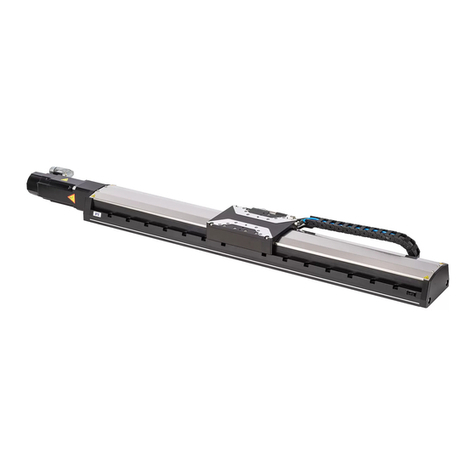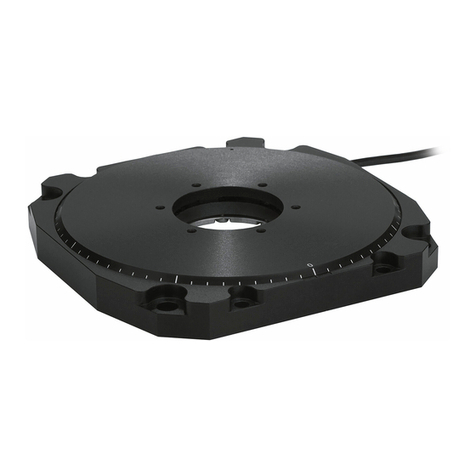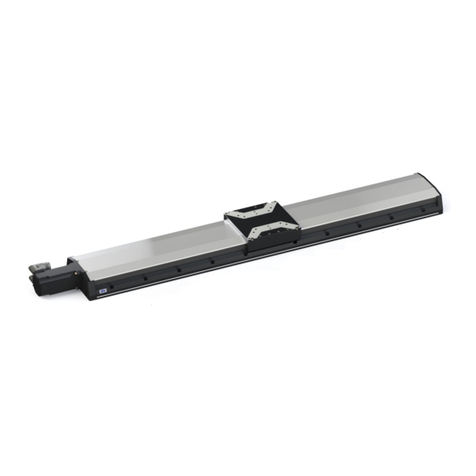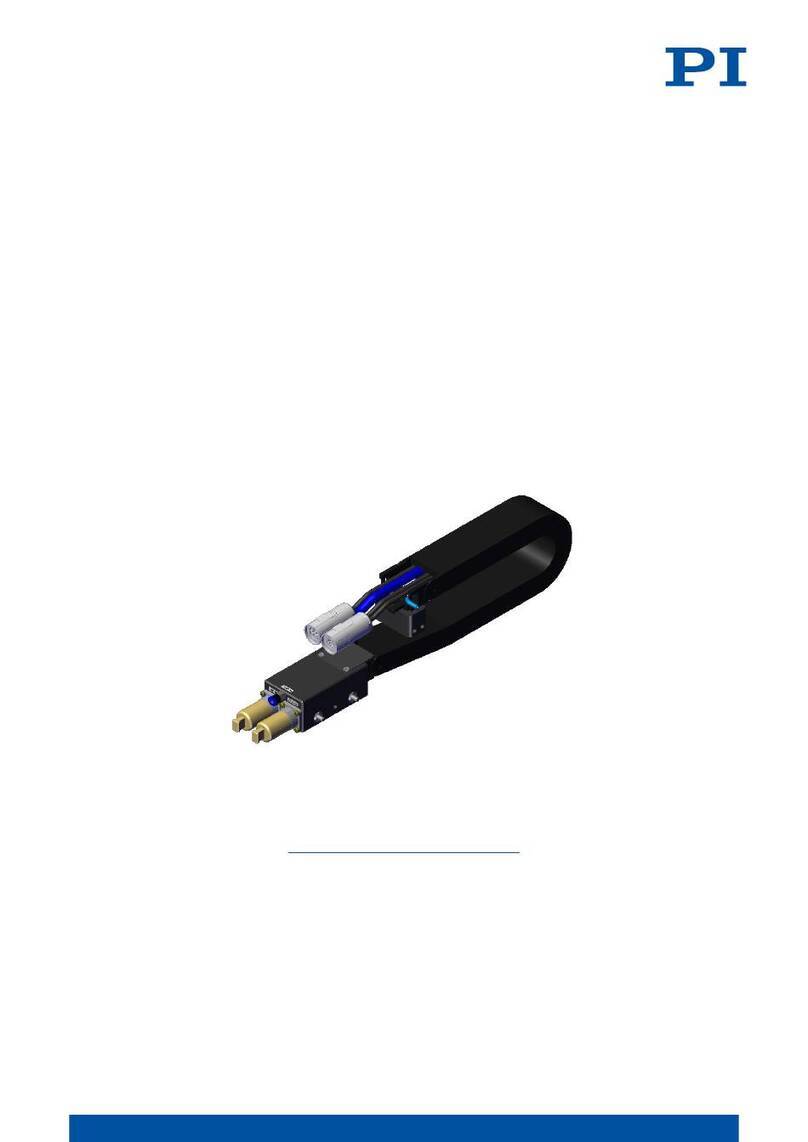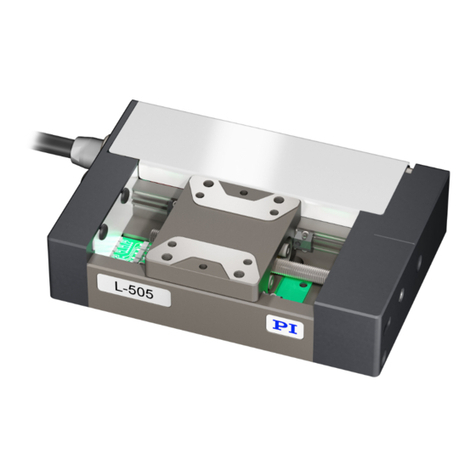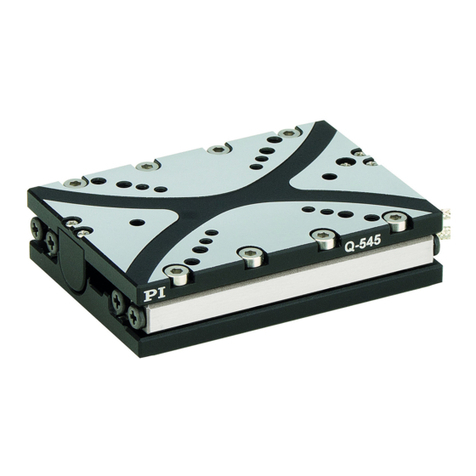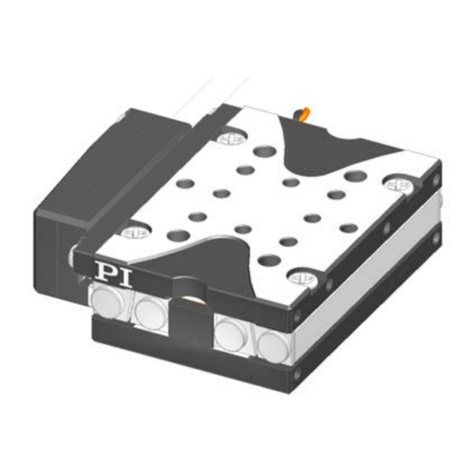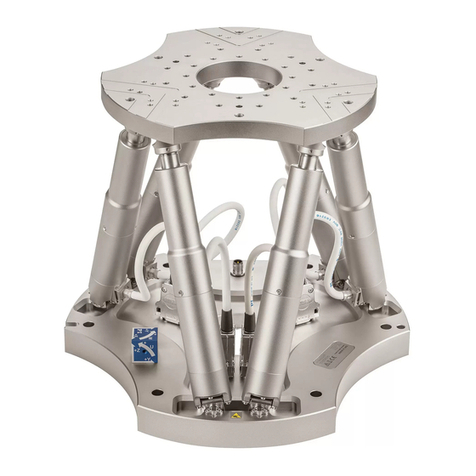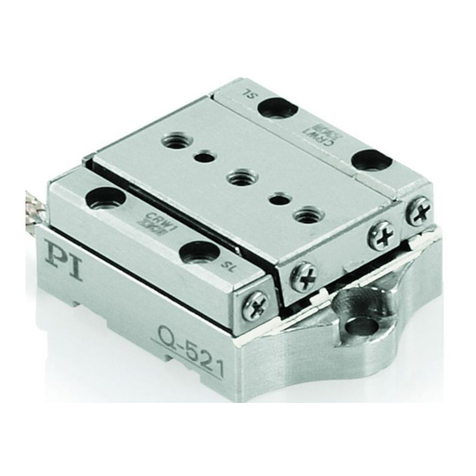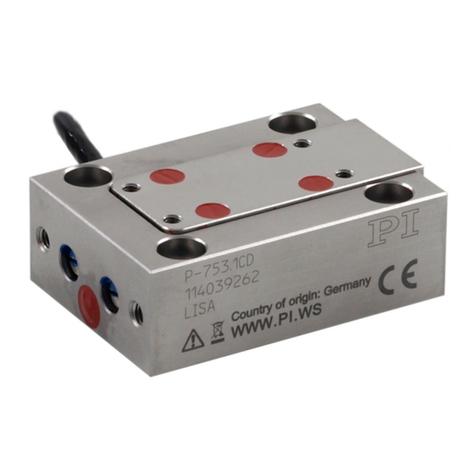
1About this Document 1
1.1 Objective and Target Group of this User Manual ...................................................... 1
1.2 Symbols and Typographic Conventions...................................................................... 1
1.3 Figures ........................................................................................................................ 2
1.4 Other Applicable Documents ..................................................................................... 2
1.5 Downloading Manuals................................................................................................ 3
2Safety 5
2.1 Intended Use .............................................................................................................. 5
2.2 General Safety Instructions ........................................................................................ 5
2.3 Organizational Measures............................................................................................ 5
3Product Description 7
3.1 Features and Applications .......................................................................................... 7
3.2 Product View .............................................................................................................. 8
3.3 Technical Features...................................................................................................... 8
3.3.1 Struts.............................................................................................................. 8
3.3.2 Reference Switch and Limit Switches............................................................ 9
3.3.3 Control........................................................................................................... 9
3.3.4 Motion ........................................................................................................... 9
3.3.5 ID Chip.......................................................................................................... 13
3.4 Scope of Delivery...................................................................................................... 14
3.5 Optional Accessories ................................................................................................ 14
3.6 Suitable Controllers .................................................................................................. 15
4Unpacking 17
5Installing 19
5.1 General Notes on Installation................................................................................... 19
5.2 Determining the Permissible Load and Workspace ................................................. 20
5.3 Grounding the Hexapod ........................................................................................... 20
5.4 Mounting the Hexapod on a Surface ....................................................................... 21
5.5 Fixing the Load to the Hexapod................................................................................ 22
5.6 Optional: Removing the Coordinate Cube ............................................................... 24
5.7 Connecting the Hexapod to the Controller .............................................................. 24
Contents
